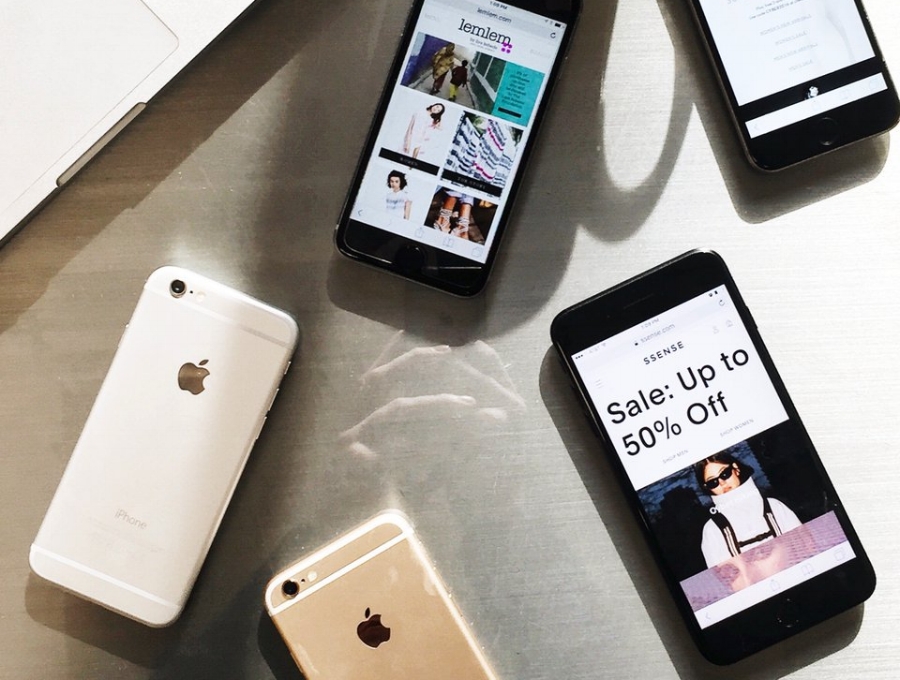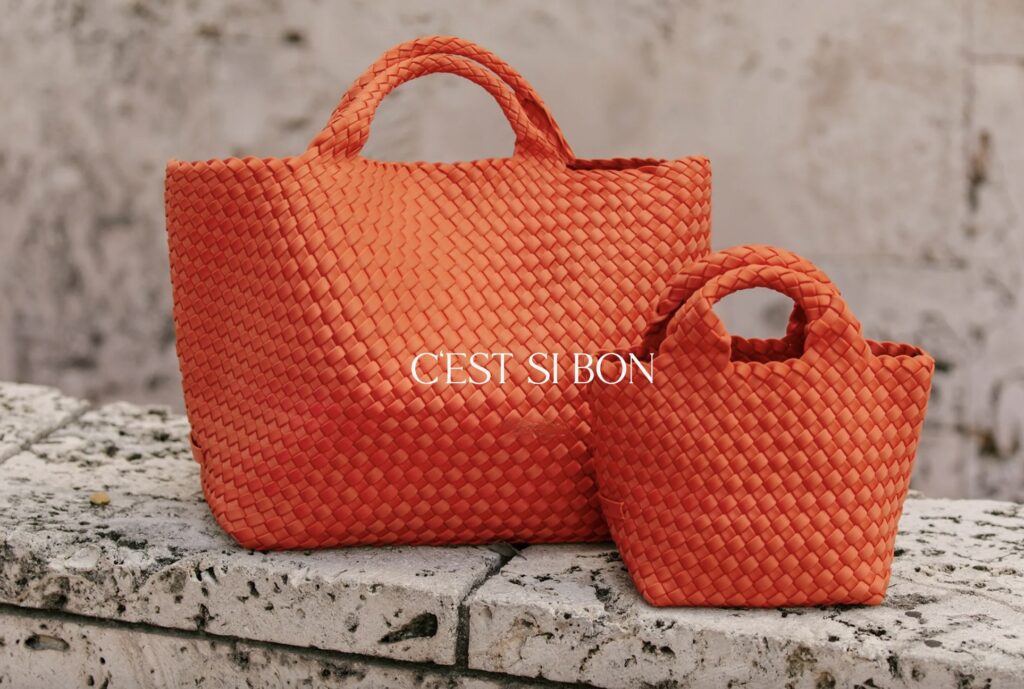
image: PRC
In August 2016, more than 100 designers rallied together to sign on to a court brief in a multi-hundred million dollar legal battle over design patents. The case centered on Samsung’s alleged infringement Apple’s of design patent-protected iPhone, and the designers at play – Nicolas Ghesquière, Alexander Wang, Calvin Klein, Dries Van Noten, Paul Smith, Alber Elbaz and Sacai’s Chitose Abe, among others – threw their support behind Apple.
The case, one of more than 50 Apple and Samsung filed against each other in at least 20 countries, has been underway since April 2011 when Apple sued Samsung, claiming that the South Korean tech giant had “slavishly” copied its iPhone. As a result, Samsung was infringing its patents and trademarks that cover the phone’s user interface and Apple wanted roughly $1 billion for it.
Samsung responded with a countersuit, claiming that actually Apple was running afoul of the law in connection with some of its mobile-communications utility patents.
Now, 7 years after the start of what has been one of the most heavily-watched patent fights in recent memory, a jury – faced exclusively with the task of determining damages – decided that the phone maker must pay Apple $539 million for infringing five patents with Android phones it sold in 2010 and 2011.
The bulk of the sum – or $533,316,606 – coincides with Samsung’s infringement of three Apple design patents. The remaining $5,325,050 is for infringing two utility patents.
(Note: Design patents protect decorative, non-functional features of a product, whereas utility patents cover inventions of new and useful processes, machine, manufacture, or composition of matter, or new and useful improvements thereof).
Samsung was found liable for patent infringement in a 2012 jury trial, but a clash over the damages that Samsung would pay is what led to the current retrial over damages. The Seoul-based giant sought Supreme Court review after the U.S. Court of Appeals for the Federal Circuit in Washington upheld the 2012 jury verdict, which determined that Samsung should pay Apple a whopping $548 million.
In particular, Samsung asked the court to determine whether the total profits from a product that infringes a design patent should be awarded if the patent applies only to a component of the product. Samsung argued that $399 million of that amount, awarded for copying the designs of the iPhone’s rounded-corner front face, bezel and grid of icons, was excessive, adding that those design elements contributed only marginally to an otherwise very complex product.
In March 2016, America’s highest court agreed to take the case, ultimately deciding that for the purpose of calculating damages in a patent infringement action, the infringing “article of manufacture” may be defined as either an end product sold to a consumer or as a component of that product. The Supreme Court then referred the case back to the trial court to determine damages.
This week’s jury verdict appears, per Reuters, “does not offer much clarity on that question, says design patent professor Sarah Burstein, who predicts that Samsung will appeal it to the U.S. Court of Appeals for the Federal Circuit.”
According to a statement from Samsung, “We will consider all options to obtain an outcome that does not hinder creativity and fair competition for all companies and consumers.”
A spokesman for Apple said, “We believe deeply in the value of design, and our teams work tirelessly to create innovative products that delight our customers. This case has always been about more than money. Apple ignited the smartphone revolution with iPhone and it is a fact that Samsung blatantly copied our design. It is important that we continue to protect the hard work and innovation of so many people at Apple.”
The implications that this case could very well stretch to the fashion industry, hence, the brief that the aforementioned designers filed with the Supreme Court two years ago. In that filing, they argued that in the minds of consumers, the “look of the product comes to represent the underlying features, functions, and total user experience.” Stealing a design can lead to a lost sale, but it can also unfairly piggyback on “the emotional connections associated with [a] company’s brand.”
Apple deserves, they argued, to be compensated for that by way of Samsung’s entire profits for the phones at issue, and in the same vein, so, too do designers who have their patents infringed.
As for the designers and brands that have looked to patent protection over the past decade, in particular, that is becoming something of a long list. Sportswear giants like, Nike and adidas, maintain significant arsenals of both design and utility patents, which tend to see them locked in bitter battles. Also, brands like Louis Vuitton, Saint Laurent, Alexander Wang, Bulgari, MaxMara, Marc Jacobs, and Gucci have taken to seeking protection for some of their staple accessories as a safe haven against copyists.
It is unclear exactly how the Apple v. Samsung verdict will affect the larger landscape of measuring damage awards for design patent infringement. After all, as Burstein puts it, “This is just one jury applying one test.” What is perfectly apparent, though, is the extent to which design brands are looking to patent protection, particularly design patents: It is significant and does not appear to be waning.











